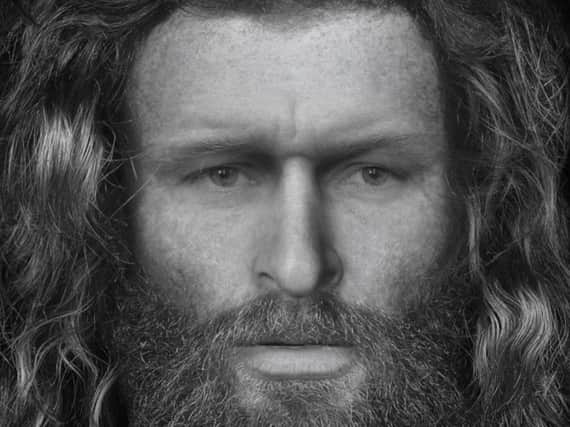Pictish 'chieftain' buried in Highland cave may have had links to Orkney


Rosemarkie Man, whose remains were found near Rosemarkie in the Black Isle three years ago, has recently undergone genetic testing.
It was found that he belonged to a vast British Iron Age population, with his genetics most similar to those from the Knowe of Skea in Westray in Orkney.
Advertisement
Hide AdAdvertisement
Hide AdDr. Katharina Dulias, postdoctoral researcher at York University, said further analysis was needed to determine whether it meant Rosemarkie Man originally hailed from the islands.
This summer, it was revealed that Rosemarkie Man had a high-protein diet similar to those enjoyed by people of a high status.READ MORE: The abandoned Scottish island where Picts went to healSimon Gunn, founder of the project, then told reporters: "He was a big, strong fella - built like a rugby player - very heavily built above the waist.
"It's rather peculiar that he had a very high-protein diet throughout his life, to the extent that it's as if he had been eating nothing but suckling pigs.
"He was a bit special, that could be royalty or a chieftain.
"Obviously he had a rather brutal death, but he was buried quite carefully in that cave."
Tests have shown he died sometime between 430 and 630 AD.
